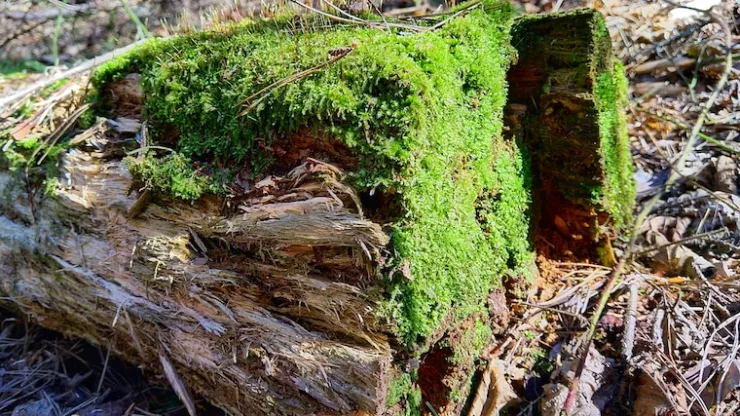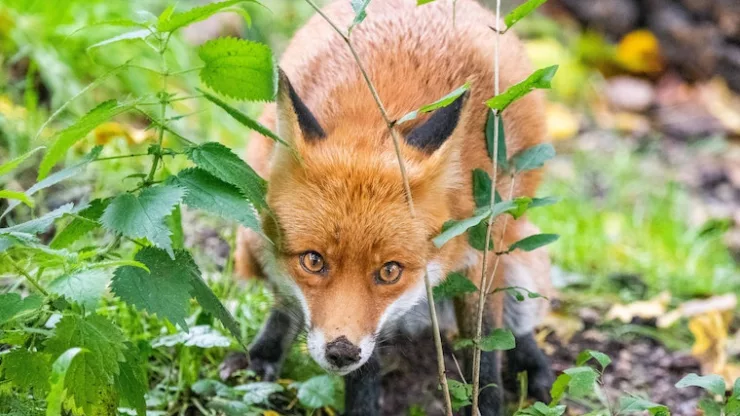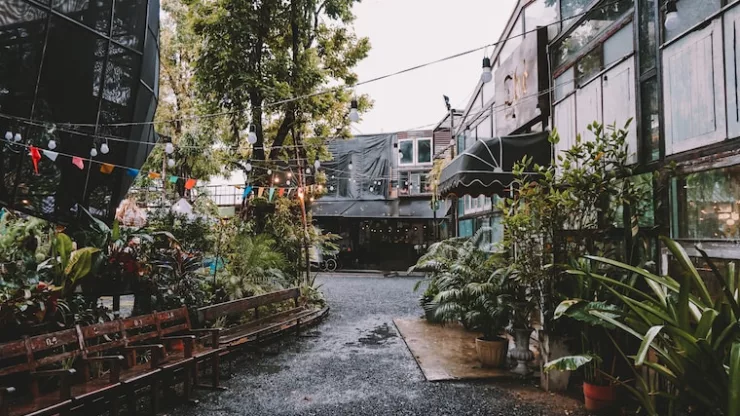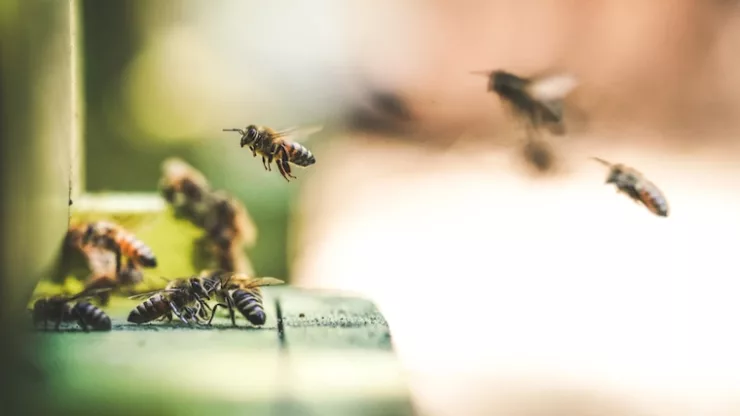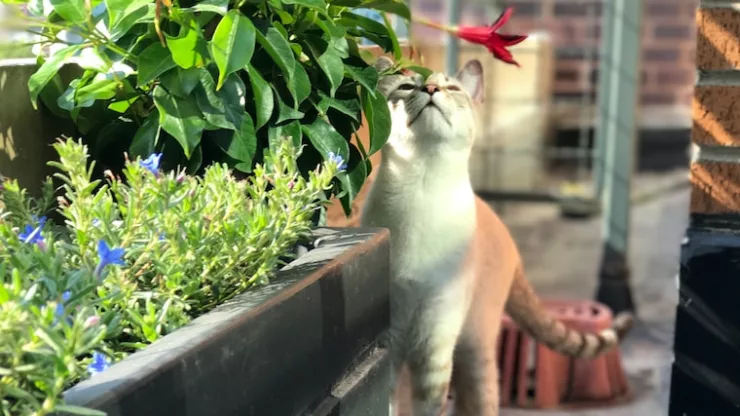One of the major challenges faced by urban wildlife is the lack of natural habitats.
With the ongoing urbanization, more and more natural habitats have been replaced by concrete jungles, leaving little space for the wildlife to thrive.
However, dead wood offers a great opportunity to revive urban wildlife.
Dead wood provides a natural habitat for a wide range of insects and animals, making it an important element in the ecosystem.
In this article, we will explore the ways in which dead wood can be utilized to revive urban wildlife, and how it can transform cities into thriving ecosystems.
Jump to Section
Bringing Life Back: Reviving Urban Wildlife with Dead Wood
Dead wood is an important part of the natural ecosystem, providing habitat and food for a wide range of insects, birds, and mammals.
In urban areas, dead wood is often considered a nuisance, and is quickly removed to keep the city clean and tidy.
However, removing dead wood can have a negative impact on the urban ecosystem, as it eliminates an important habitat for many species of animals.
To revive urban wildlife, it is important to create a balance between keeping the city clean and tidy, and providing natural habitats for the wildlife.
One way to achieve this is to leave some dead wood in parks and other green spaces.
This will provide a natural habitat for insects such as beetles and ants, which in turn will attract birds and other small animals.
Dead trees can also be left standing, as they provide a habitat for woodpeckers, which can help control insect populations in the area.
Another way to utilize dead wood to revive urban wildlife is by creating artificial habitats.
This can be done by placing logs and branches in green spaces, which will provide a natural habitat for insects and other small animals.
By doing this, we can create a diverse ecosystem that supports a wide range of wildlife, and helps to maintain the balance of the urban ecosystem.
Transforming Cities: Creating Habitats with Dead Trees for Wildlife
Dead trees offer a unique opportunity to create habitats for wildlife in urban areas.
While dead trees may not be aesthetically pleasing, they can be transformed into beautiful and functional habitats for a range of animals.
By leaving dead trees standing, or by utilizing them to create habitats, we can transform cities into thriving ecosystems that support a wide range of wildlife.
One way to utilize dead trees is by creating bird boxes and bat boxes.
These boxes can be attached to the dead trees, providing a habitat for birds and bats.
This will not only provide a home for these animals, but will also help to control insect populations in the area.
Additionally, dead trees can be used to create nesting sites for owls and other birds of prey, which can help to control rodent populations in the area.
Another way to utilize dead wood is by creating wetlands and ponds.
Dead trees can be used to create natural barriers and structures that help to create and maintain wetlands and ponds.
This will provide a habitat for a wide range of aquatic animals, as well as birds and other animals that depend on wetland habitats.
By utilizing dead wood to create habitats for wildlife, we can transform cities into thriving ecosystems that support a wide range of species.
This will not only benefit the wildlife, but will also provide a range of benefits for humans, such as improved air and water quality, and a better quality of life.
Reviving urban wildlife with dead wood is an important step towards creating sustainable and thriving cities.
By utilizing dead wood to create habitats for wildlife, we can create diverse ecosystems that support a wide range of species, and help to maintain the balance of the urban ecosystem.
Whether by leaving dead wood in green spaces, or by utilizing it to create artificial habitats, we can transform cities into beautiful and functional spaces that benefit both humans and wildlife.
I’m a nature enthusiast and creator of Metro Wilds and have spent years exploring the great outdoors.
With a passion for environmental conservation and sustainability, I have dedicated my career to writing about the beauty and wonders of nature, as well as the threats facing our planet.
Contact me at [email protected] for assistance.

